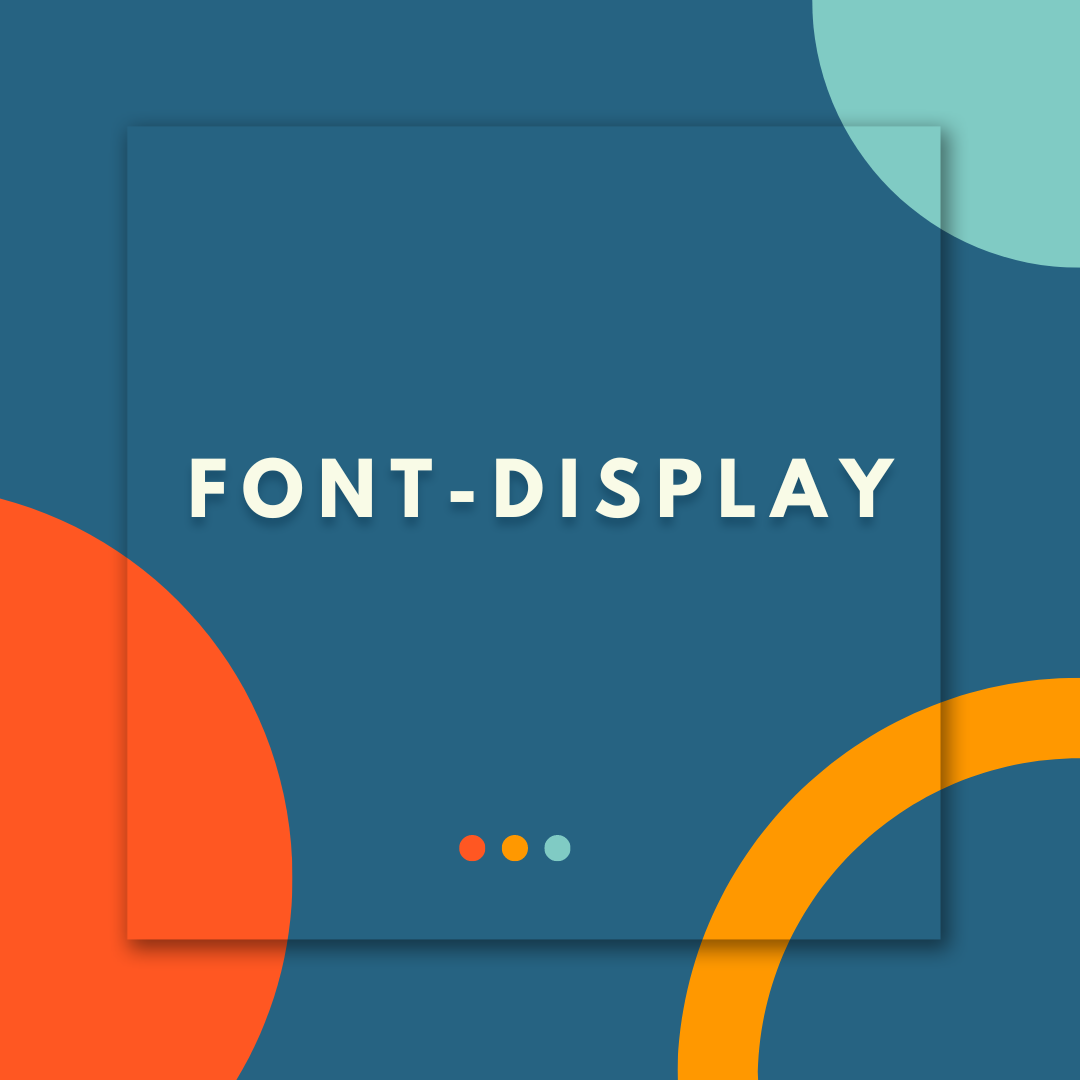Performance and user experience are crucial aspects that can make or ruin a website’s success. Slow load times, delays in the content display, and other performance issues can cause users to abandon a website, thereby decreasing conversion rates. Utilizing the font-display CSS property is one method for improving website performance and user experience. This article will explain what font-display is, why it’s vital, and why some developers prefer the “optional” value over “swap” or “block.”
Font-display is a CSS property that enables developers to manage how web fonts appear while a web page loads. By specifying the font-display's value, developers can determine whether the browser should use a fallback font, block text rendering, or display the text with the fallback font while the web font is being downloaded.
Although the “swap” value of font-display is frequently recommended for improved user experience, some developers prefer the “optional” value.
The “optional” value permits the browser to display text using the fallback font while the web font is being downloaded. This may cause a flash of unstyled text (FOUT), but it guarantees that the text is promptly visible to the user. Some developers believe that this compromise between FOUT and immediate visibility provides a superior user experience than the “swap” or “block” values of font-display.
It is essential to observe, however, that the choice of font-display value depends on the particular website and its content. Websites with large quantities of text or important content may benefit more from using the “swap” value to prevent FOUT, whereas websites with less text or more visual content may benefit more from using the “optional” value to provide immediate visibility. The objective of font-display is to ensure that the website’s typography is readable and consistent while mitigating the impact on website performance and user experience.
Web developers can optimize font-display for SEO by using relevant keywords in the CSS file and HTML code, by using descriptive alt text for images, and by implementing responsive design techniques to ensure the website is mobile-friendly and accessible. Web developers can improve website performance, increase user engagement, and enhance search engine rankings by adhering to best practices for font display and other elements of web design.
In conclusion, font-display is a potent instrument that web developers can use to enhance the performance and user experience of their websites. While the choice of font-display value is dependent on the particular website and its content, the “optional” value can provide a balance between FOUT and instantaneous visibility for a better user experience. By optimizing font-display for SEO and adhering to web design best practices, web developers can create visually enticing and performance-optimized websites.

